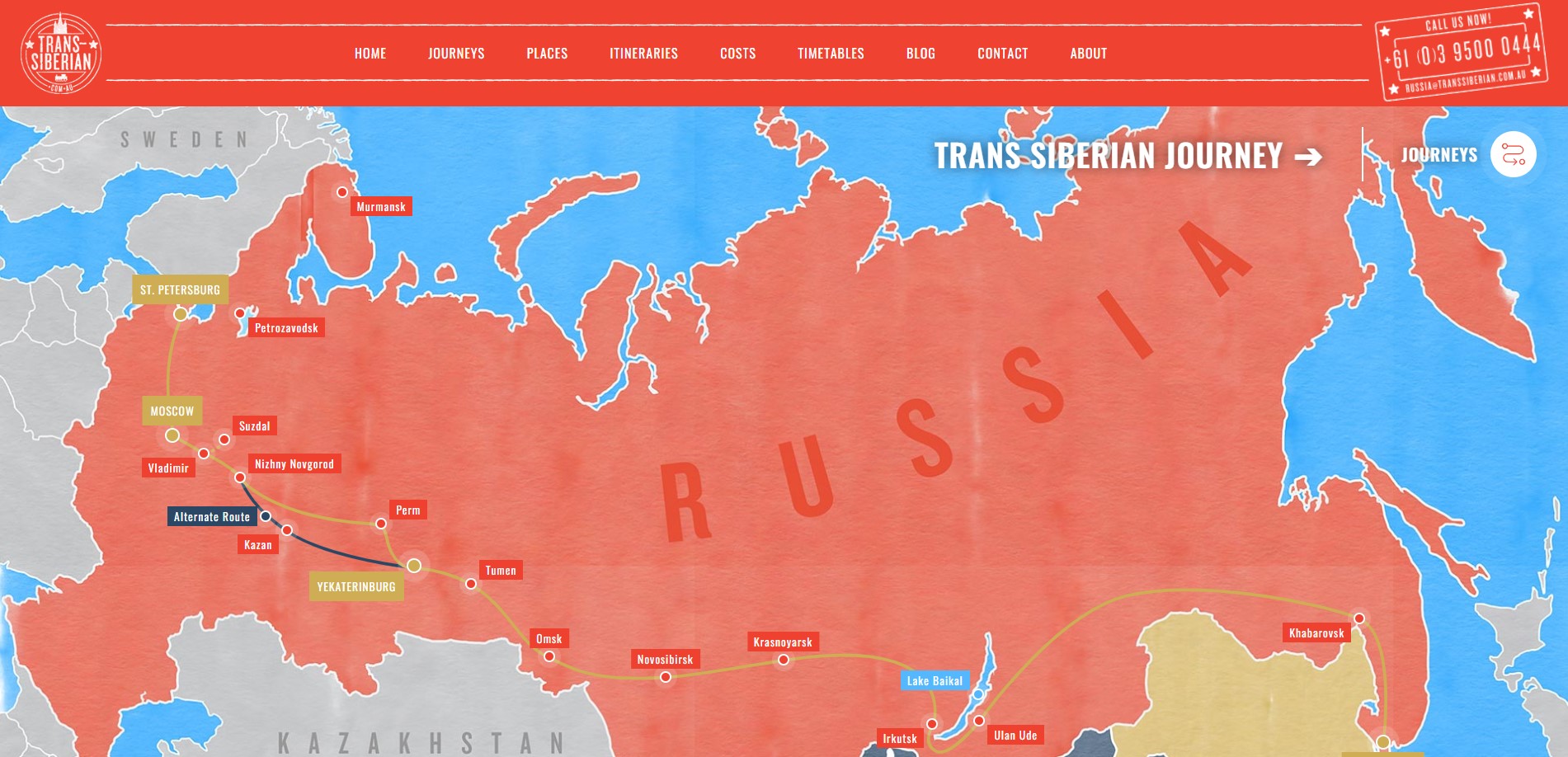We have ceased Tours to Russia
Naturally we will not be assisting with travel arrangements to, or across Russia, for quite some time. Tourism is, in our opinion, suspended until we see again the Russia we imagined we saw emerging in the 1990’s. We stand with the people of Ukraine as they valiantly fight this invasion. We also stand with the brave Russians (within Russia) who have protested against their Mad Czar.
We will continue to publish (when appropriate) about the good aspects of Russia that were adding to our world’s collective range of culture. We will also, where appropriate and with permission, publish accounts from our many friends and contacts within Russia. As you can imagine they now have to be careful about their own security and protect themselves from their own government.
We can still talk about Mongolia
